Air LORA, Israel's Biggest Air-Launched Ballistic Missile, Emerges From The Shadows
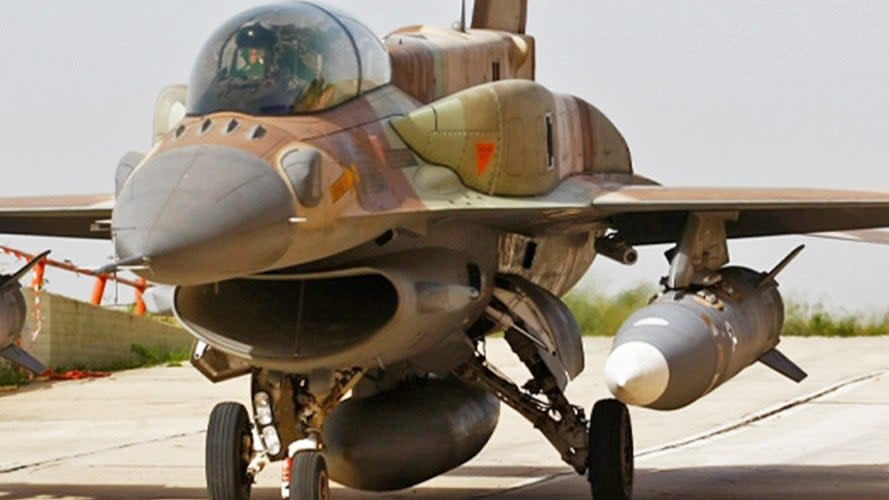
Israel Aerospace Industries (IAI) officially unveiled an air-launched version of its LORA (Long Range Artillery), a short-range ballistic missile originally developed for surface launch. The new weapon joins an expanding armory of ballistic missile and artillery rocket designs adapted for air launch, including the Israel Military Industries (IMI) Rampage, also based on a long-range artillery munition, while the Rafael Rocks was developed from Israel’s line of Sparrow ballistic missile test targets. The announcement of Air LORA also comes less than two months after a similar-looking missile was apparently used by Israel to attack an Iranian ground-based air defense system.
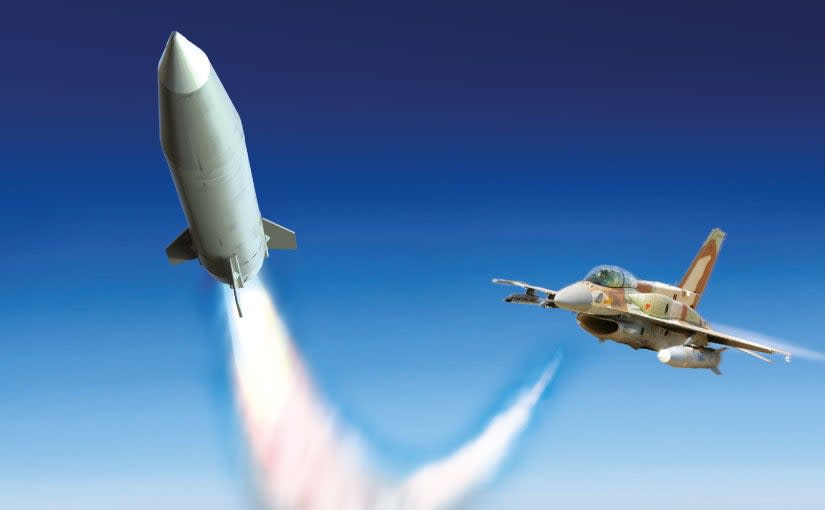
Known as Air LORA, the weapon, which has been rumored to exist for some time, debuted at the ILA Berlin aerospace show that’s taking place this week in the German capital, which TWZ attended.
On the manufacturer’s website, Air LORA is described as a “deep standoff air-to-ground missile.” Pitched primarily as a way to strike hardened strategic targets, key features of the weapon include high supersonic speed and ‘fire and forget’ inertial/GPS guidance, ensuring it can be used day and night and in all weather. The missile can receive targeting coordinates while still attached to the launch aircraft, meaning that it can respond to ‘pop-up’ targets and the manufacturer claims that its guidance system is resistant to hostile jamming.
https://www.twitter.com/GarethJennings3/status/1798658012804153369
Air LORA is pitched as being straightforward to integrate with different aircraft and a video released by IAI shows examples being launched from a Boeing P-8 maritime patrol aircraft (as well as mounted on F-15s and F-16s), which we will come back to later. This confirms that the missile is being pitched as an export product, although it remains possible that it could find a place in the Israeli military — if it hasn’t already. The video also includes actual test footage involving Israeli Air Force F-16Is.
https://www.youtube.com/watch?v=PO2LMiCPROc
The need for a weapon in this class, IAI says, stems from the growing threat posed by ground-based air defense systems, which are pushing combat aircraft ever further from the targets they are assigned to destroy. These concerns are something that has driven Israeli Air Force doctrine for many years now, but they are something that most air forces are grappling with.
IAI also says that another driver behind Air LORA is the requirement for a higher level of accuracy, reducing the risk of collateral damage while ensuring that the target can be effectively prosecuted using a minimum number of munitions.
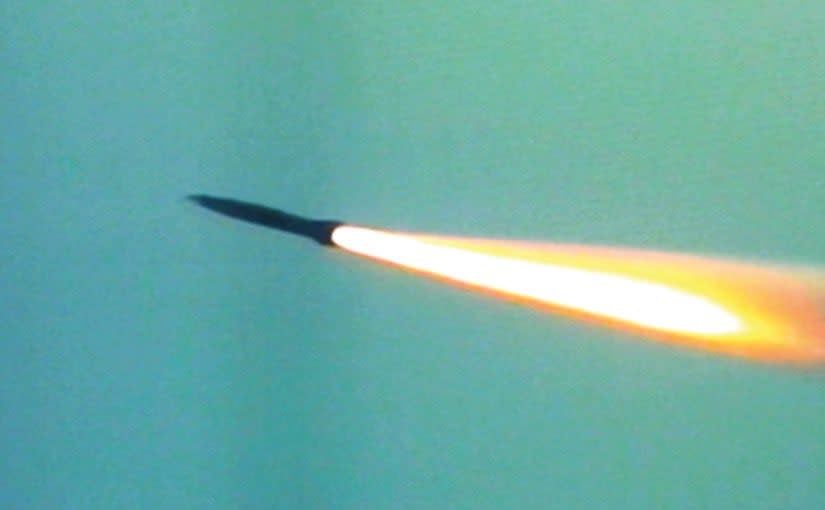
Based on the model shown at ILA and on imagery released by IAI, the Air LORA missile is very similar in appearance to the LORA from which it is derived.
While described as an artillery system, LORA is more accurately a short-range ballistic missile (SRBM), primarily intended for ground launch from mobile launchers. It has also been offered in sea-launched form and reportedly has a range of 175 miles.
https://www.youtube.com/watch?v=1XFs8MxnTUs\u0026t=5s
Roughly 17 feet long, LORA has a launch weight of a little over 3,500 pounds of which the warhead accounts for around 1,300 pounds. High-explosive and submunitions warhead options are understood to be available.
As well as being used by Israel, the original ground-based LORA is also operated by Azerbaijan, which used it during its 2020 conflict with Armenia over the disputed Nagorno-Karabakh region.
IAI has confirmed some of the changes incorporated in Air LORA, compared with the original missile. These include the option of either blast-fragmentation or deep-penetration warheads. A penetrating type would be used for hardened targets such as hardened command centers. Other targets mentioned include air bases, critical infrastructure, and — intriguingly — “naval vessels in dense littorals.”
The ability to strike moving ships would indicate some other kind of additional guidance system, such as radar, infrared, or electro-optical seeker, although this hasn’t been confirmed. It may be the case that this scenario involves strikes against exclusively stationary vessels.
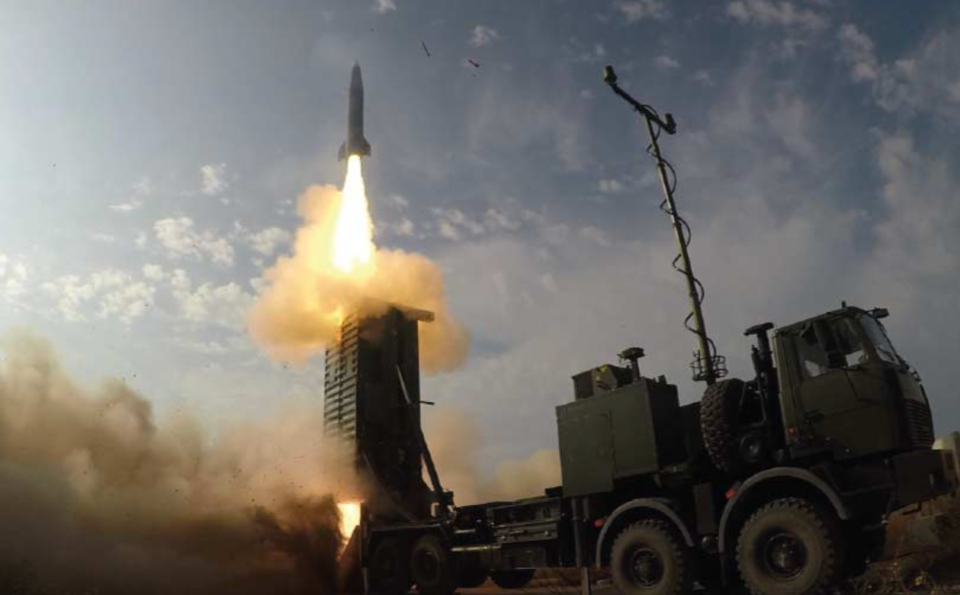
Whatever the case, Air LORA will be a notably fast weapon, likely approaching hypersonic speed during its terminal stage of flight. This makes it well suited to attacking time-sensitive targets, which could also include mobile air defense systems or mobile ballistic missiles, providing their coordinates can be established in the required timeframe.
The manufacturer also describes the missile as employing a “maximal attack angle” to “ensure high survivability and mission success in contested environments.” The combination of high speed and a steep dive onto the target is characteristic of missiles in this class and makes their interception by hostile air defenses that much harder. By their nature, ballistic missiles are very fast during the terminal phase, which also helps them penetrate hardened targets, particularly relevant for Air LORA. In general, ballistic missiles present notably challenging threats to defend against.

Range figures for Air LORA have not been released but bearing in mind the potential speed and altitude of the launch platform, it should be possible to hit targets far beyond the 175 miles attributed to the ground-launched LORA. At the very least, Air LORA will allow launch from far outside the engagement envelopes of the longest-range air defense systems currently in use, dramatically improving the survivability of the host aircraft and others that need to access areas defended by those systems.
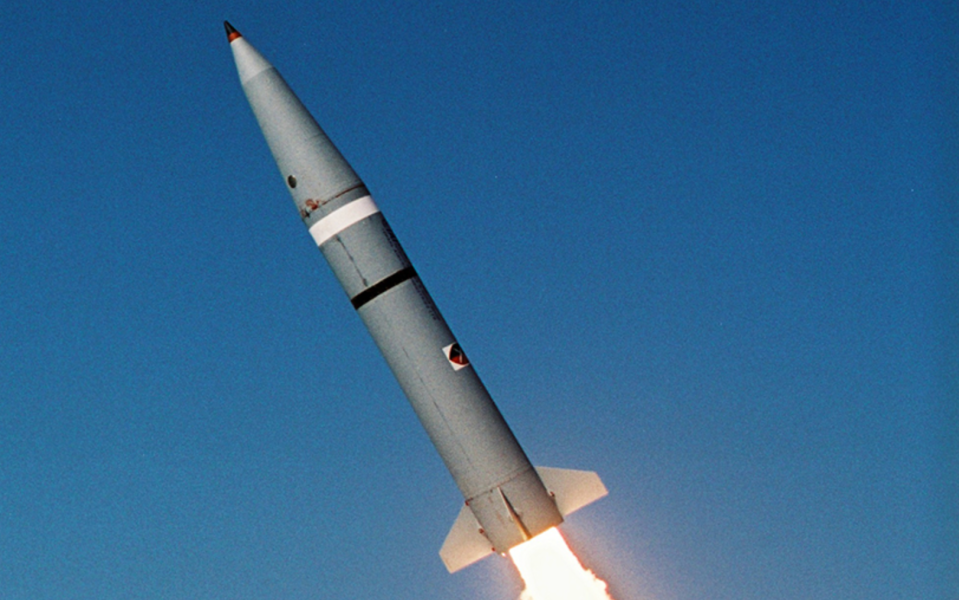
In terms of integration, IAI says that Air LORA has completed trials on the F-16 and that the weapon’s design stresses that it can be “seamlessly integrated into any aircraft as a standalone configuration or through existing avionics systems.”
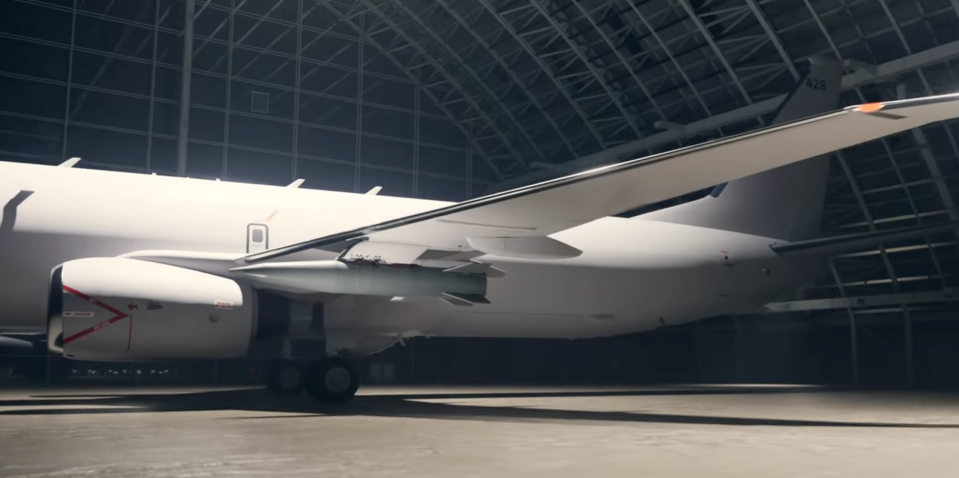
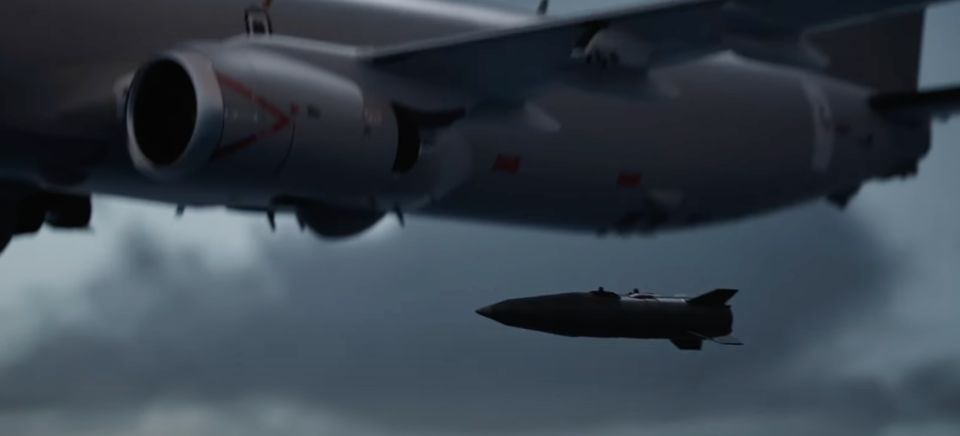
The accompanying official video shows Air LORA arming the P-8, as well as a map featuring India and its surrounding waters, which suggests a direct pitch to India, which operates the maritime patrol aircraft. Under a Memorandum of Understanding (MoU) signed last year, India’s Bharat Electronics Ltd (BEL) plans to manufacture LORA locally, potentially for all three branches of the Indian Armed Forces.
India also previously acquired another Israeli air-launched adapted ballistic missile, the IMI Rampage. Last year it was confirmed that Indian Navy MiG-29K/KUB fighters are now armed with Rampage.

At this point, it’s worth recalling the incident in April this year when Israel launched an attack on an Iranian air defense site, targeting one of its prized S-300 batteries, at the air base in Isfahan. This came in response to the unprecedented Iranian attack on Israel, which you can read about here.
Some wreckage that appeared in the aftermath of the Israeli strike on Isfahan revealed parts of a mysterious missile, one that had similarities with multiple Israeli weapons, although its exact identity remained unclear.
At the time, we assessed the possibility that it could be a Rocks air-launched ballistic missile. Now, there’s also the chance that the missile wreckage was from Air LORA. Outwardly, Air LORA and Rocks have broadly similar appearances, with characteristic large-diameter bodies, although Air LORA is a substantially larger weapon than Rocks.
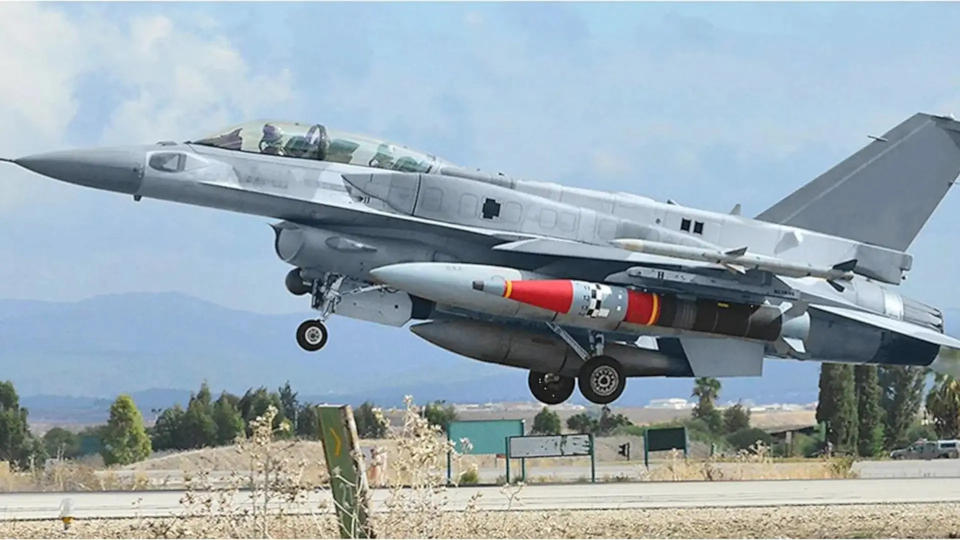
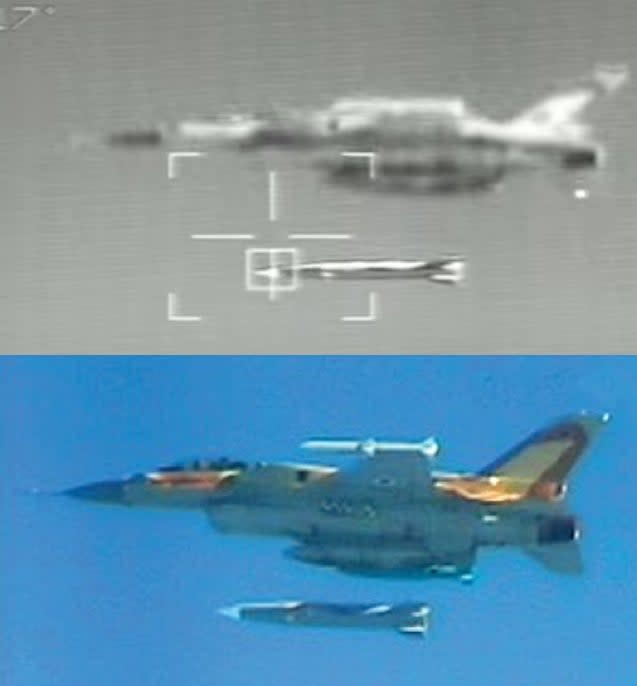
Currently, there’s no confirmation of Air LORA being in service or having secured any production contracts, whether for Israel or for export.
However, the appearance of the new weapon is further evidence of something of a renaissance for air-launched ballistic missiles. While these weapons have a long history of development, they are now generating considerable interest not just in Israel, but also in China, Russia, and elsewhere.
The new missile would appear to be a very useful option to expand the air-launched, precision standoff strike capability of many different nations, offering a high degree of flexibility, fast reaction time, and the ability to penetrate most enemy air defenses. It would also seem that it rounds-out Israel's still relatively new portfolio on adapted air-launched artillery rockets and ballistic missile weapon systems as the heaviest and hardest-hitting of the lot.
Contact the author: thomas@thewarzone.com

